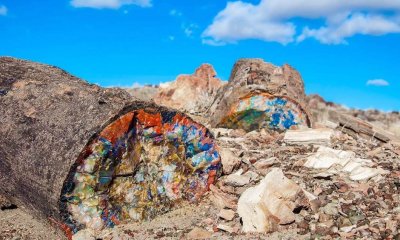Arizona
6 Awesome Facts You Didn’t Know About Gila Monsters
Gila monsters are venomous lizards named after the Gila River Basin in Arizona. There are a lot of legends told about them, but here are 6 facts that you may not have known about the mysterious Gila monster.
1) The Gila Monster is the only Venomous Lizard Native to the U.S.
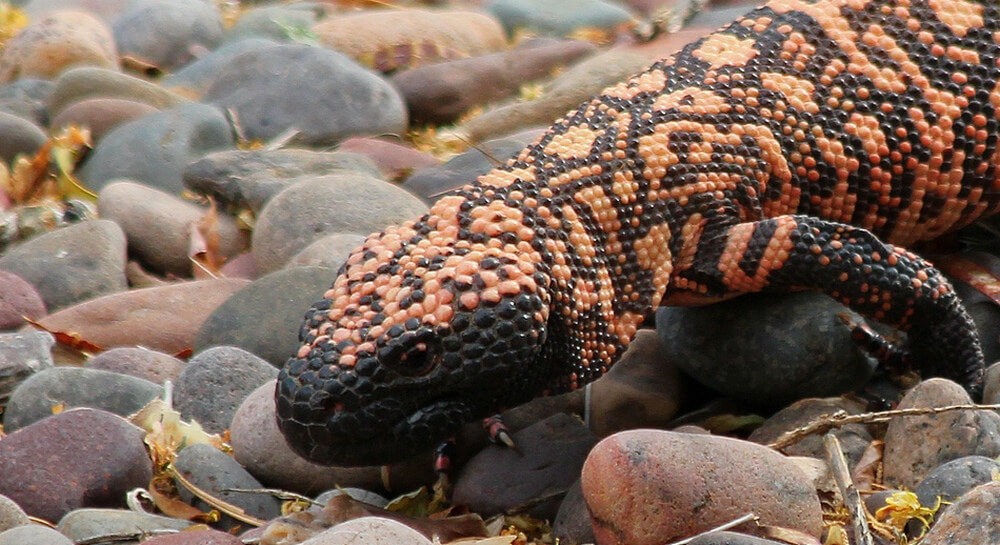
Not only that, but they are actually one of only two venomous species on the whole North American continent. The other venomous close relative is the Mexican beaded lizard. The Gila monster can be found all across the southwestern states and in the Mexican state of Sonora. They’re partial to deserts, scrublands, or even woodlands and they often seek shelter under rocks or in burrows. In fact, they spend about 90% of their time tucked away underground. Surprisingly, they seem to enjoy the water, and are often found relaxing in puddles after it rains.
Gila monsters get their name from the Gila River basin in Arizona and New Mexico. At two feet long, this is a pretty big lizard! Some of the biggest Gila monsters were reported to have weighed nearly five pounds. Which doesn’t seem like much, but for a lizard…We aren’t hoping to run into one in a dark alley anytime soon. Because…
2) How Poisonous Are Gila Monsters?
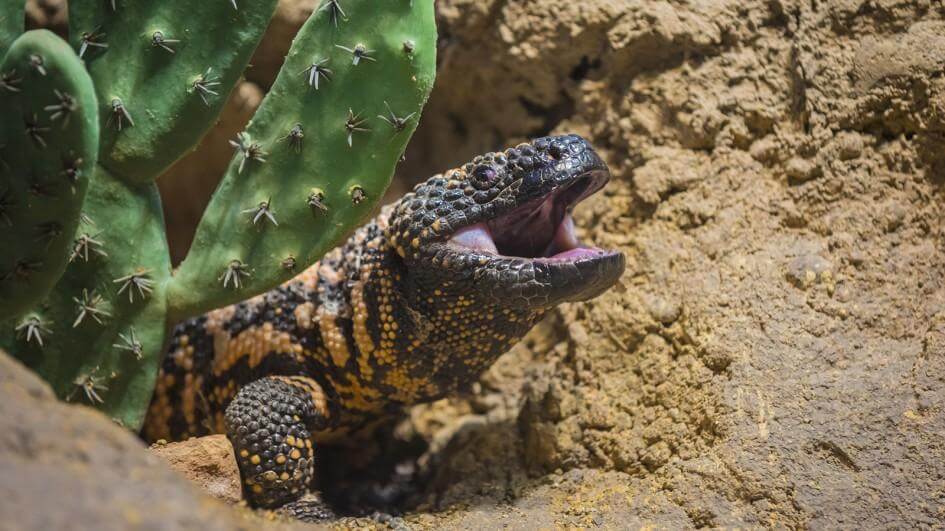
Gila monster venom is not very poisonous. In fact, if you were bitten by one, you’d most likely be just fine. There are rare cases of bite victims having difficulty breathing, but most of the common and non-fatal symptoms of a Gila monster bite can include: swelling, nausea, vomiting, high blood pressure, weakness, faintness, excessive perspiration, chills, and fever.
In the historic old west, people were fairly terrified of Gila monsters. The threat of a venomous bite is fairly terrifying, after all! Horror stories of Gila monster encounters only served to reinforce their dangerous reputation. An article published in The Tombstone Epitaph on May 14th, 1881 described a terrifying Gila monster that was “a monster, and no baby at that … 27 inches long and weigh[ing] 35 lbs.” These types of exaggerated stories weren’t uncommon and they made people fearful of the Gila monster’s bite. To this day, some people even hunt Gila monsters even though they’re protected by Arizona state law now. It was in 1952 that they became the first venomous animal ever to be protected by law!
3) Are Gila Monsters Aggressive?
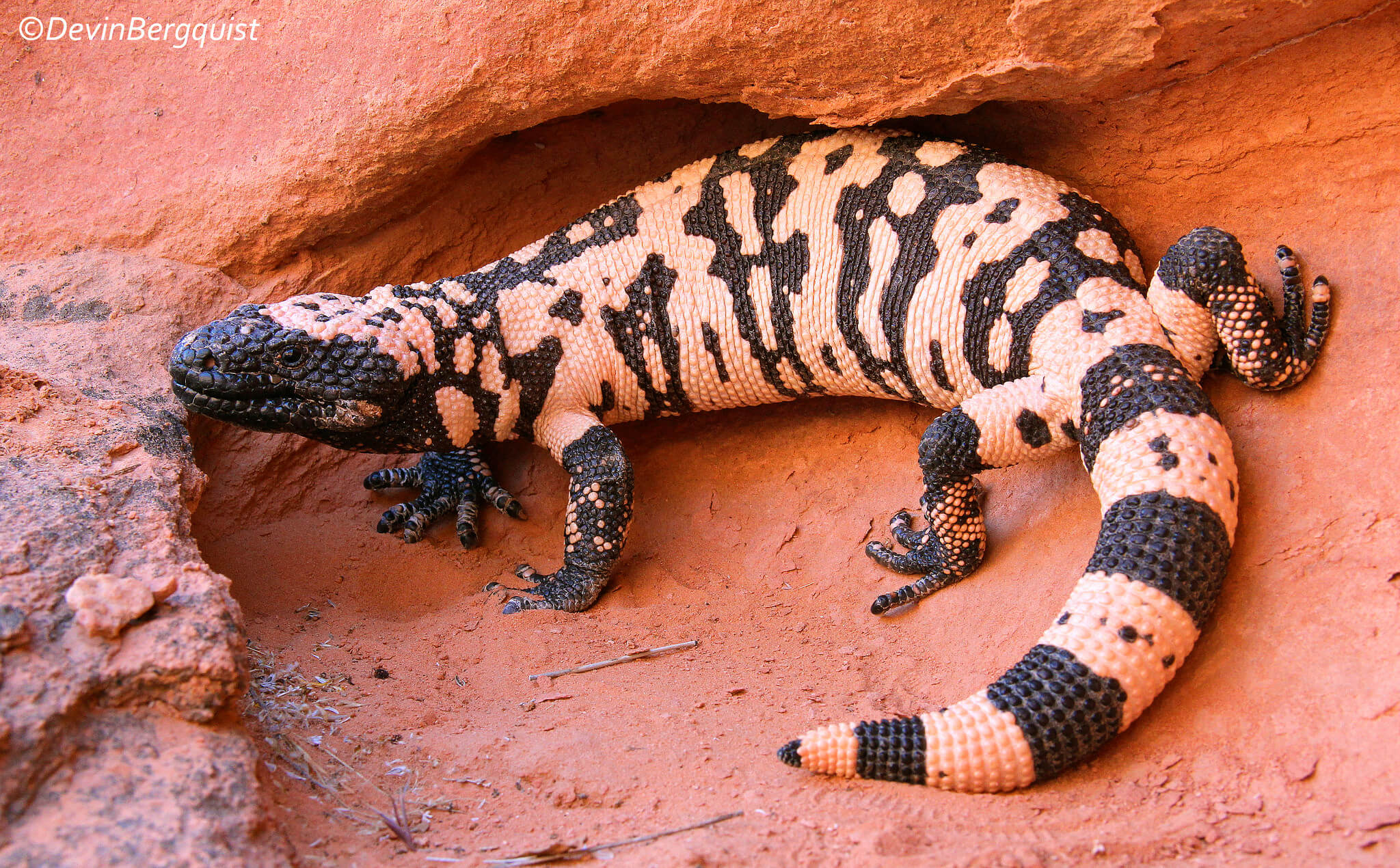
They are aggressive, but only when they feel that they have to be. The Gila monster is known to bite and clamp-on tight. Though in reality, Gila monsters are sluggish and move very slowly. You’re hardly likely to be surprised by a sneak attack. They aren’t interested in eating you, either, when there are plenty of small mammals, birds, other lizards, insects, and the like around.
Crazily enough, Gila monsters in the wild generally only eat five to ten times a year. But, when they do, they chow down! It’s normal for them to eat a third of their body mass! Still nothing human-sized, though! One doctor in 1899 went so far as to say that “a man who is fool enough to get bitten by a Gila monster ought to die. The creature is so sluggish and slow of movement that the victim of its bite is compelled to help largely in order to get bitten.” So, with the use of a little common sense, you’re pretty safe from the threat of Gila monsters. But what happens if you do get bitten? The venom in a Gila monster bite means you’ll die, right? Nope again.
4) Can Gila Monsters Kill You?
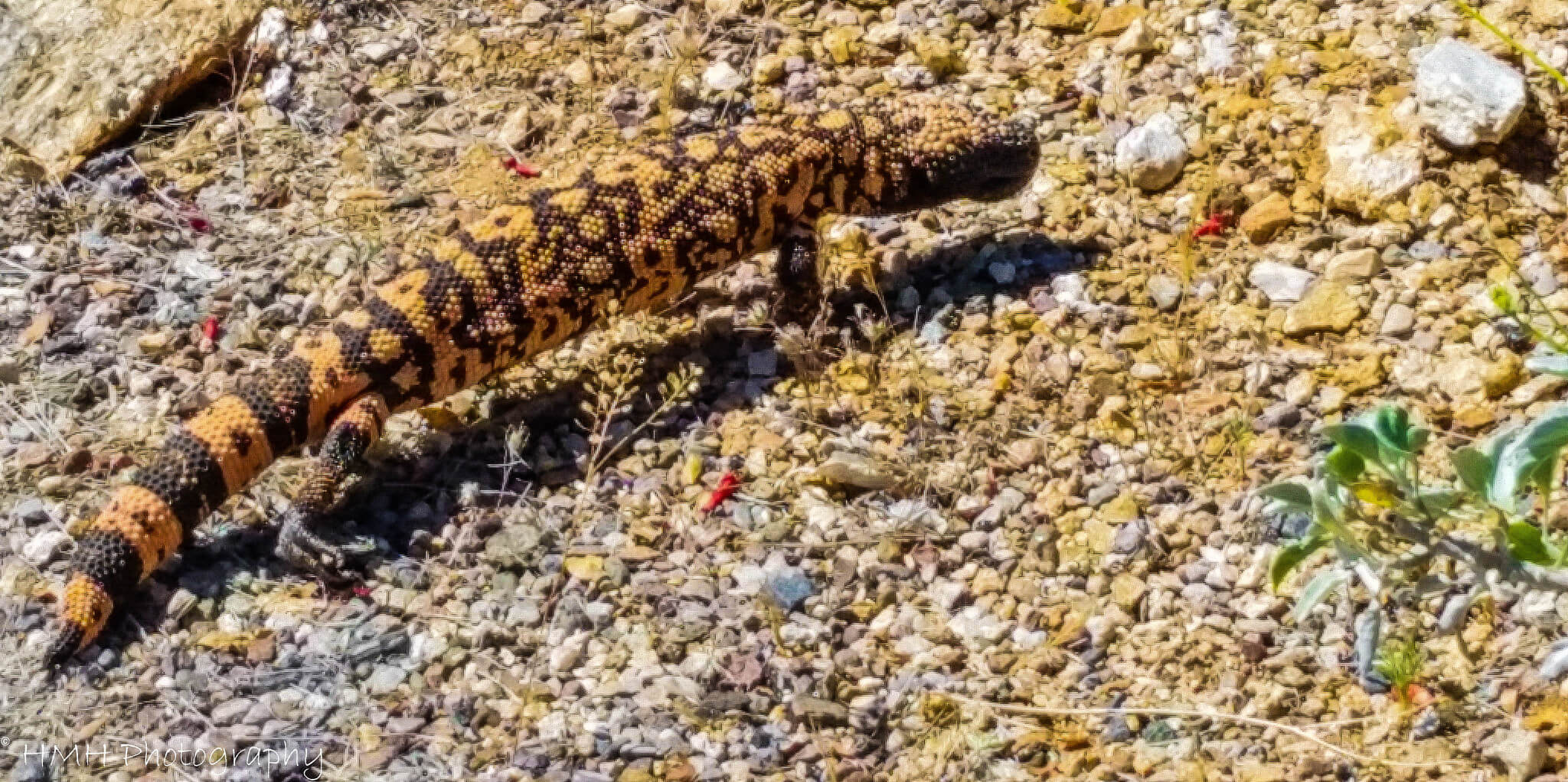
Maybe, but there haven’t been any Gila monster related deaths reported since 1939, and it’s likely that many of the deaths reported before this were exaggerated, or the result of poor medical treatment anyway.
The Gila monsters venom is a neurotoxin that combines dozens of substances. It’s as toxic as the coral snake’s venom. The difference between Gila monsters and snakes, though, is that snakes have the ability to actively inject their prey with venom and Gila monsters do not. Snakes produce venom in their upper jaw, while a Gila monster’s venom comes from salivary glands in the lower jaw. They don’t have the proper muscles to inject the venom, so instead… they just sort of gnaw on things. The chewing motion, combined with loosely seated teeth, aids the flow of the venom out of the glands and into the victim. That means that, if you’re ever the unfortunate victim of a Gila monster bite, you can expect that they will be ferociously latched on to whichever limb they have chosen.
It isn’t uncommon to have to submerge a Gila monster completely in water to get it to release its grip! The bite will be very painful, but chances are slim that you would die!
5) Why Are They Venomous?
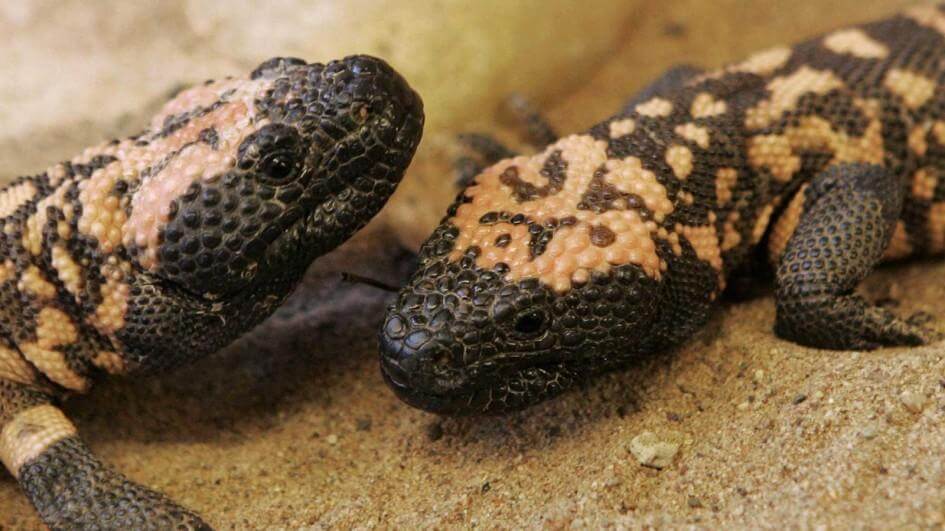
Since the gila monsters diet mostly consists of eggs and other small animals that you would consider generally helpless, scientists have deduced that the primary use for their venom isn’t for hunting. Instead, the venom is used as a defense mechanism if the animal is attacked. This theory also makes sense if you consider that Gila monsters are brightly colored — a warning to other animals that they are dangerous!
Scientists who continued to study the Gila monsters venom were amazed by what they found! They managed to isolate four separate, potentially lethal toxins. Interestingly enough, some of the other components found in the Gila monsters venom have been used in drug research! For example, Exendin-4 was used to create a medication to help treat type 2 diabetes! This protein works as a similar human protein to help regulate insulin — only better! New research is also exploring the ability of other components in the venom to help with diseases like ADHD, Alzheimer’s, and Schizophrenia. How awesome is it that we are able to learn from studying Gila monsters and help manage human diseases!
What Animals Eat Gila Monsters?
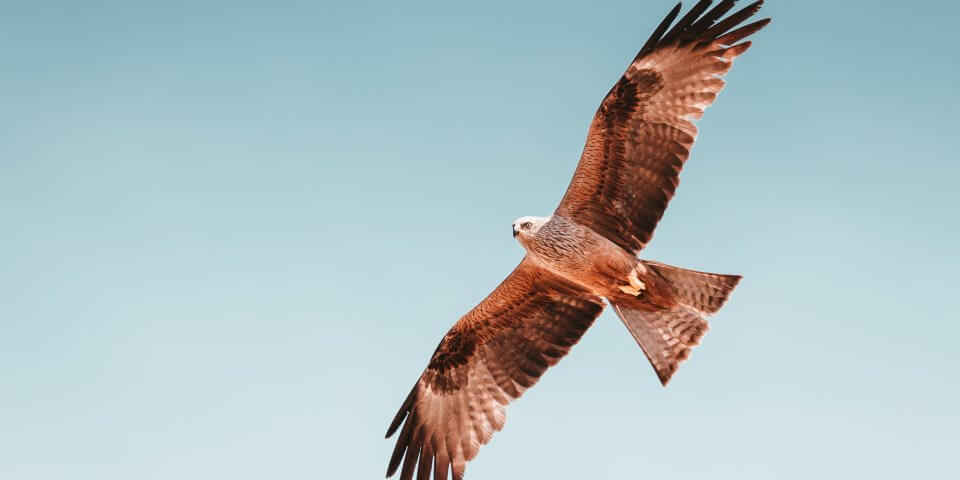
The only known animals to eat Gila monsters are birds of prey (hawks and vultures). Coyotes hunt and eat their eggs but not live Gila monsters. Humans also threaten their lives. Often humans claim they killed the Gila monster in defense. But we do know that they are trophies for hunters and their skins are unique. Hunting and capturing a Gila monster is illegal in the state of Arizona.
Deserts Harbor Many Dangerous Animals
While the Gila monster is dangerous in its own right, there are more scary creatures in the desert to be aware of. Take a look at these dangerous animals in New Mexico.
















